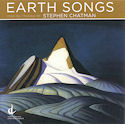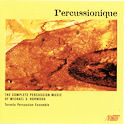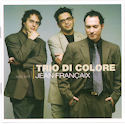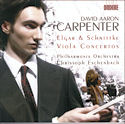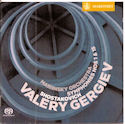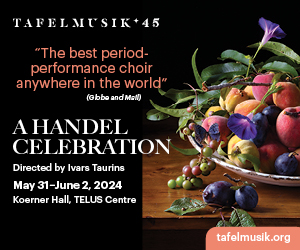Small is Beautiful; Miniature Piano Pieces - Yoko Hirota
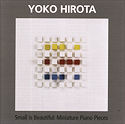 Small is Beautiful; Miniature Piano Pieces
Small is Beautiful; Miniature Piano Pieces
Yoko Hirota
Phoenix Classical PHC95252
Yoko Hirota has added another item to her impressive set of laurels in the form a new CD. Keeping things consistent, she begins with a Schoenberg work, 6 Kleine Klavierstücke, Op. 19. But Hirota advances well beyond the Second Viennese School here, with explorations that take us well into the present day, over the course of 35 different tracks. Works and composers roughly follow a chronological timeline, with non-Canadian composers ending with Elliot Carter in 2000, and the Canadians at the end, from 1951 to 2006. Hirota’s depth and control are unequalled throughout, as can be expected from one with such impressive academic credentials. But it is the works from her adoptive land, Northern Ontario, which make the disc unique. Aris Carastathis’ Traces and two recent works by Robert Lemay are remarkable.
With the recent tours of New Music North, one hopes to hear Hirota to showing pianistic muscle in an ensemble setting, but that must wait for another release. Here, we must be content with a lone Boston model D-272 piano. The recording is nicely balanced between direct and reverberant sound, although the hall is not identified. Recommended.


